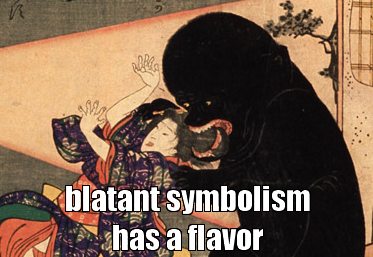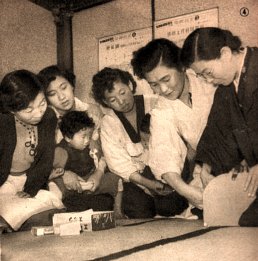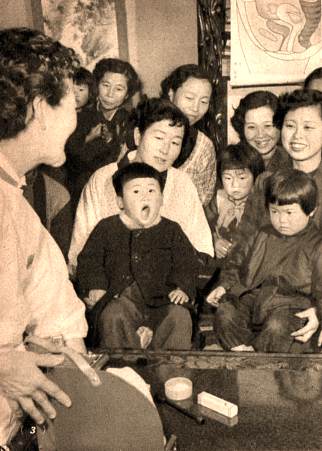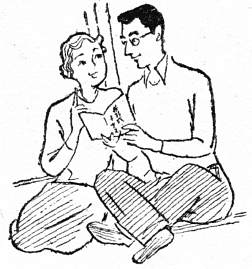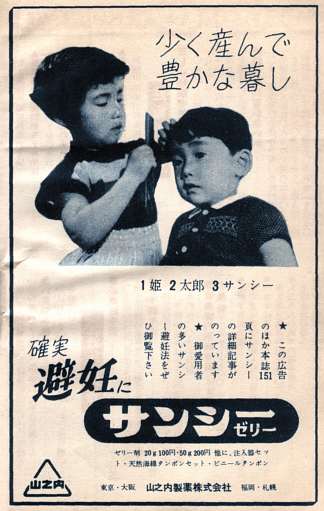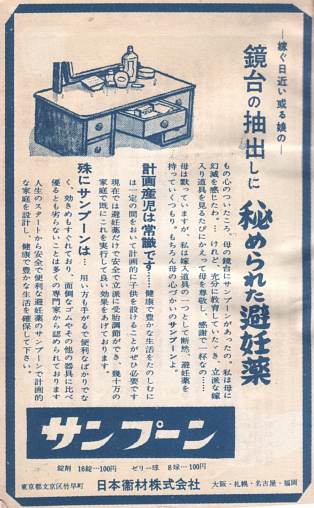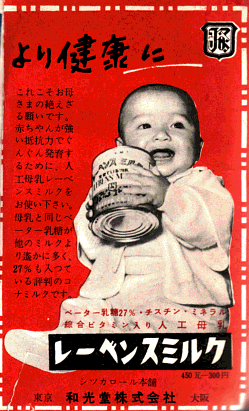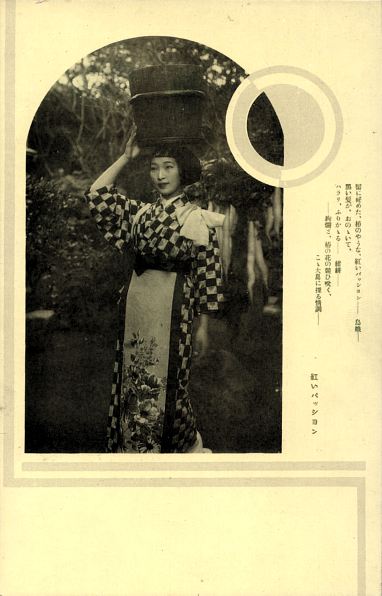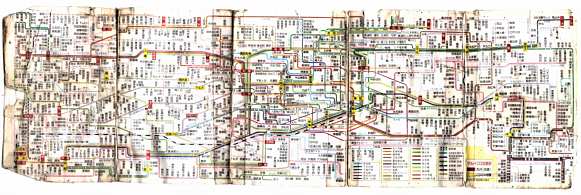Most octopus buffs, even in the West, are familiar with Kyōsai's 1868 rendition of the Potato-Octopus Battle (芋だこ合戦) of the same year, but the broader context of the image remains poorly understood. In this post I shall use the materials at the nishiki-e collection at the Historiographical Institute, University of Tokyo to outline the basics of the late-Edo's cephalopod military remarkable dominance.
Let us begin by examining the famous picture more closely. The octopus soldiers display a confidence that borders on arrogance. One claims to be able to do the work of eight men -- clearly a hubristic miscalculation, unless he believes that humans and by extension potatoes can only use one arm at a time.
Nevertheless, the octopus troop is clearly unwilling to go on the offensive. They taunt and spit, but do not attack. This insulting treatment can only have be an attempt to provoke the potato soldiers into an ill-advised attack on the octopus position, and it seems to have worked precisely as intended.
In fact, the potato general is gambling everything on this final, all-or-nothing assault. "Big potatoes, small potatoes, with none remaining behind," he cries, "Charge! Charge! Charge!" A foolhardy leader -- or perhaps one driven by despair. By this point, after all, Imopolis had already fallen.
The potatoes had simply grown too overconfident and spread themselves too thin. Earlier in 1868 alone, they had already taken heavy losses in the brutal East-West Fart-Off (東西屁ひりくらへ -- left, right) even as they provided logistical support for another, unrelated Fart Battle (屁合戦兵粮 -- left, right) elsewhere.
Although some politically motivated potato scholars would disagree, the general consensus is that these ventures were, in a word, frivolous. Their consequences were catastrophic, and the potatoes' ancient alliance with the powerful Satsuma clan would not be enough to save them.
For the octopus nation had been far from idle. As early as 1859, they had carefully orchestrated the Great Battle Between the Armies of Produce and Fish (青物魚軍勢大合戦 -- left, center, right, real-life historical context), at which an unnamed tentaclesoldier slew General Mikan in the saddle. The winter gourd champion, meanwhile, fell before the blade of the octopus warrior monk Eight Legs.
Eight Legs was a born politician, able to unlatch and open the most Machiavellian of boxes. He knew that a full-scale invasion of the sea would disrupt the balance of power on land even among those not directly affected.
For example, almost ten years later, in 1868, the Battle of the Summer Night Insects (夏の夜虫合戦 -- left, right) was a direct result of produce's decline as a legitimate threat, as unemployed and desperate soldiers turned the traditional bug aggression inward. (And note especially that a potato bug is among the participants.)
Eight Legs, however, used the temporary respite from the war on dry land to neutralize his rivals underwater. A document from later in 1859 entitled The Potato-Eating High Priest's Sermon to the Fish (芋喰僧正魚説法 -- left, right) shows him at the pulpit in the Dragon Palace itself, going by the name "Winding Hooves" (絡蹄)* and claiming spiritual authority over all oceanic life larger than a crustacean.

Using crude Buddhist symbolism --- bald head, eight limbs -- to support this new power grab, he preached for one hundred days to an audience that included blowfish, turtles, and even the Dragon Princess. (And, according to the text, he was passing potato-inspired wind for the duration.) To become the preferred food of humans, to be cooked and eaten by them, he now claimed, was a distinctly unenviable fate and a punishment for terrible sins. This is dire stuff, and doesn't help set the mood for the segue into atrocious doggerel at the end (the ami in Amida Bodhisattva is used to pun on ami as in [fish] net).
Still, the sermon did its job. The fish fell back. The octopus nation pressed inland alone, to their ultimate triumph against the hated potatoes. In a few decades, imperialism and westernization would render much of this disputed psychic territory irrelevant... but as the Meiji era began, the octopus was king.
![[No-sword]](http://no-sword.jp/images/site/no-sword_banner.jpg)


